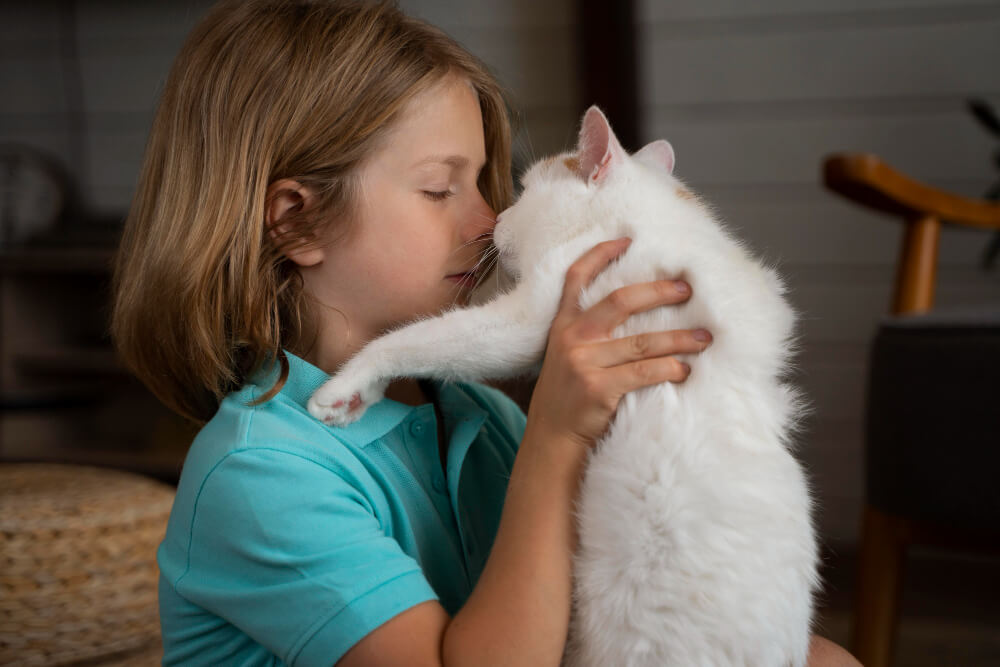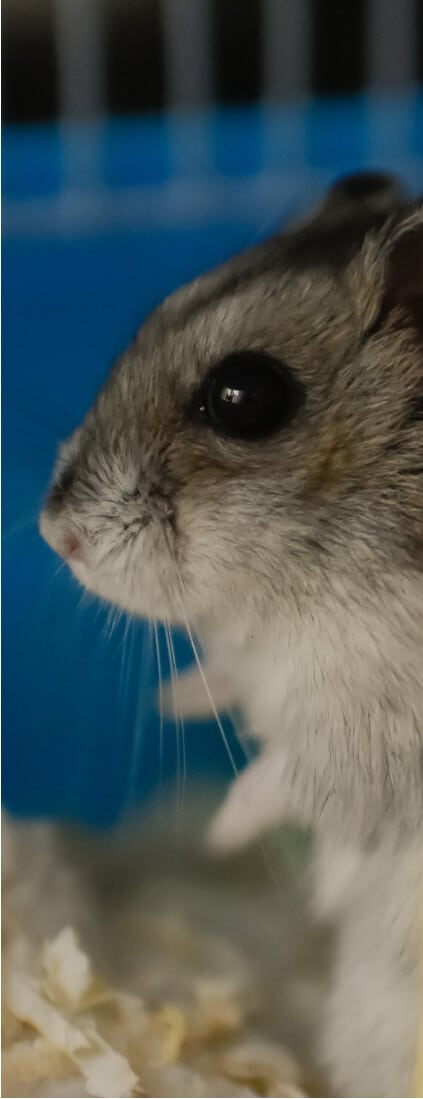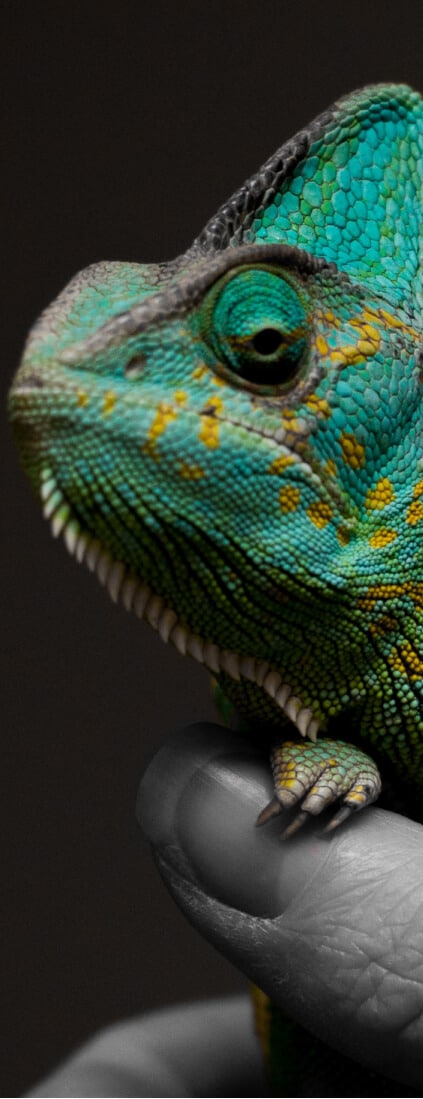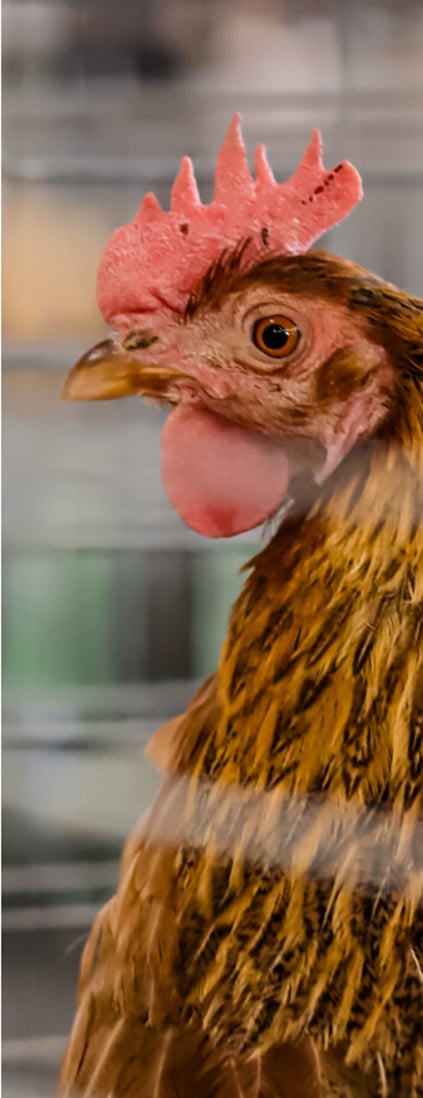Telling your child about the death of a pet might be one of the hardest conversations you’ll ever have. But it’s also one of the most important. For many kids, this is their first experience with death, and how you talk about it can shape how they process grief, change, and even love.
This guide isn’t about finding the perfect words. It’s about helping you say the hard thing honestly, gently, and in a way your child can understand.
1. Be Honest and Direct
Children can sense when something’s wrong. So when a pet dies, the worst thing you can do is deflect, distract, or delay. Be honest when delivering the bad news, and avoid confusing euphemisms.
Use clear, age-appropriate language that aligns with your child’s developmental level.
“Died” may sound harsh, but it’s more helpful than euphemisms like “put to sleep,” which can confuse young children. One mom shared that after hearing the family dog was “put to sleep,” her daughter became terrified of bedtime for months. Avoid that.
Say something simple and calm, like:
“Max was very sick, and his body stopped working. He died last night. I’m really sad too.”
Then pause. Give space for the reaction, whatever it is.
2. Prepare for the First Reaction, Not the Final One
Grief doesn’t follow logic or schedule. Don’t expect one conversation to resolve everything. This is the beginning of an unfolding process.
Your child may cry, go quiet, act like nothing happened, or even giggle nervously. That doesn’t mean they’re fine or unfeeling. It means their brain is still trying to make sense of a new reality.
Your job isn’t to control their response. It’s to stay beside them as they figure it out.
3. Don’t Overload the Moment
You might feel the urge to keep explaining, especially if you’re hurting too.
Resist it. Kids don’t need a eulogy; they need a foothold.
Stick with the essential facts. Stay present. Your calm, grounded energy says more than any words.
Save the deeper metaphors or “circle of life” talk for later. They’ll come to you when they’re ready.
4. Help Them Make Sense of Death Without Pretending to Have All the Answers
When kids ask, “Where did they go?” they’re not looking for theology. They’re looking for reassurance.
Let your child know their pet may have died from old age, illness, or something that couldn’t be fixed. Help them understand that death is a natural part of life, even when it feels unfair or sad.
Use your family’s values or religious beliefs to explain the concept of death and topics like euthanasia, but also be honest when you don’t know.
Saying “We’re not sure, but I like to think Max is somewhere peaceful now” can be more comforting than certainty that feels forced.
Depending on your child’s age, focus more on permanence and emotional safety rather than abstract philosophy. Try:
“No, Max won’t come back. But we can still love him and remember him.”
5. Give Your Child a Chance to Say Goodbye, With Ritual, Not Just Words
Give your child time to process their own grief by allowing them to say goodbye.
Saying goodbye isn’t one moment. It’s a process, and children benefit from ritual, even small ones.
Here are a few age-adaptable ideas:
- Decorate a box with your child and place the pet’s collar, photos, or favorite toy inside
- Light a candle and say one thing you’ll each miss and one thing you’ll always remember
- Write a letter or draw a picture and bury it under a tree
- Create a “memory shelf” with framed photos, artwork, or even a name tag
- Make a scrapbook with pictures and memories of your pet
These small acts help kids externalize grief and signal that it’s okay to honor what they love.
6. Keep Life Familiar in This Difficult Time
Maintain routines.
Kids need consistency more than ever when things feel emotionally shaky.
But also make space to talk, even casually. A bedtime comment like, “I miss Max tonight” can open the door for a child to respond or not. Either way, they feel less alone.
Keep checking in over time. The emotional impact from the loss of a pet may resurface weeks or months later in unexpected ways.
Actionable Ways to Support Grieving Kids
Don’t rush the replacement.
Saying, “We’ll get a new pet soon” can feel invalidating. Instead try, “We might get another pet someday, but right now it’s okay to just miss Max.”
Give them roles.
Give them roles in memorializing the pet, which helps them actively participate in the grieving process.
Let them help choose a photo to frame, or write a line for a goodbye letter. Involvement gives them a sense of agency.
Watch their behavior.
Regression (bedwetting, clinginess), anger, or withdrawal are common. Address it gently: “Sometimes sadness shows up in weird ways. Want to talk about it?”
Supporting your child’s mental health during pet loss means validating emotions and giving time to heal.
The Deeper Lesson: Death Isn’t Just an End—It’s a Mirror
This moment, hard as it is, reflects back the kind of family you are.
You’re teaching your child that:
- Love doesn’t vanish when life does
- It’s okay to talk about hard things
- They are safe to feel, even when it hurts
Your child won’t remember every word you say. But they’ll remember how you made them feel.
That’s the legacy this pet leaves behind—a love big enough to stretch even into goodbye.

















